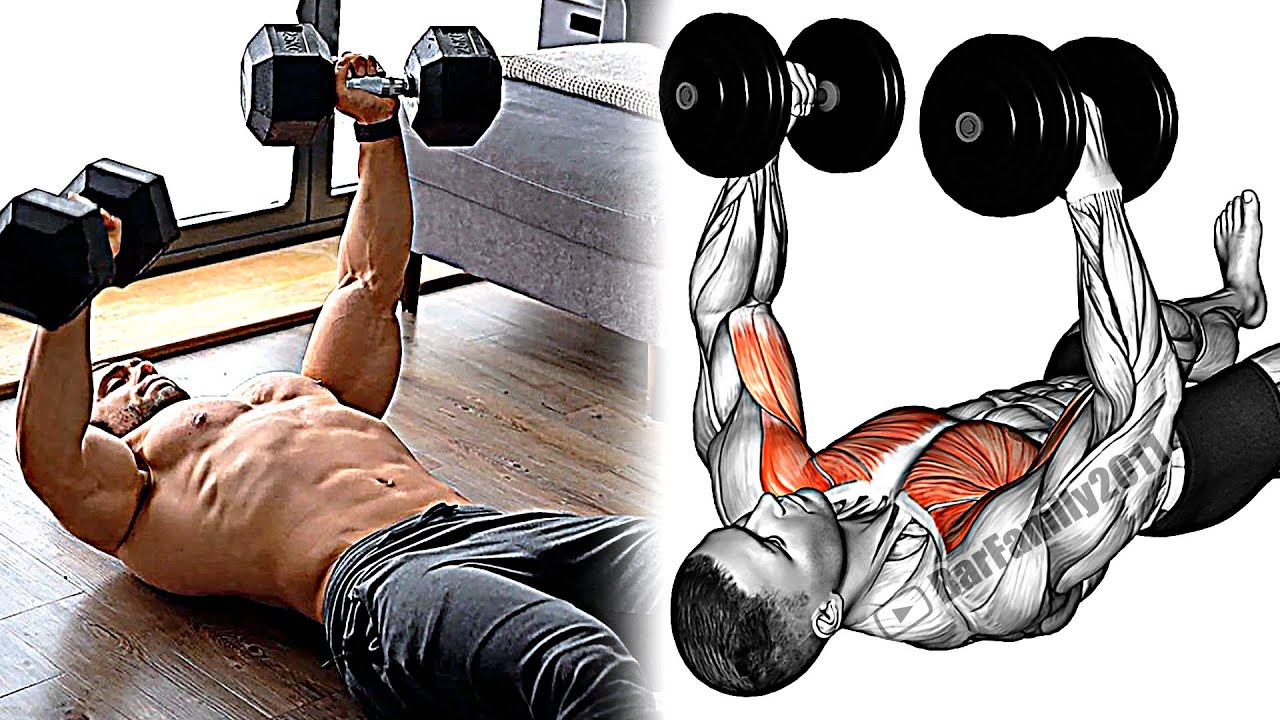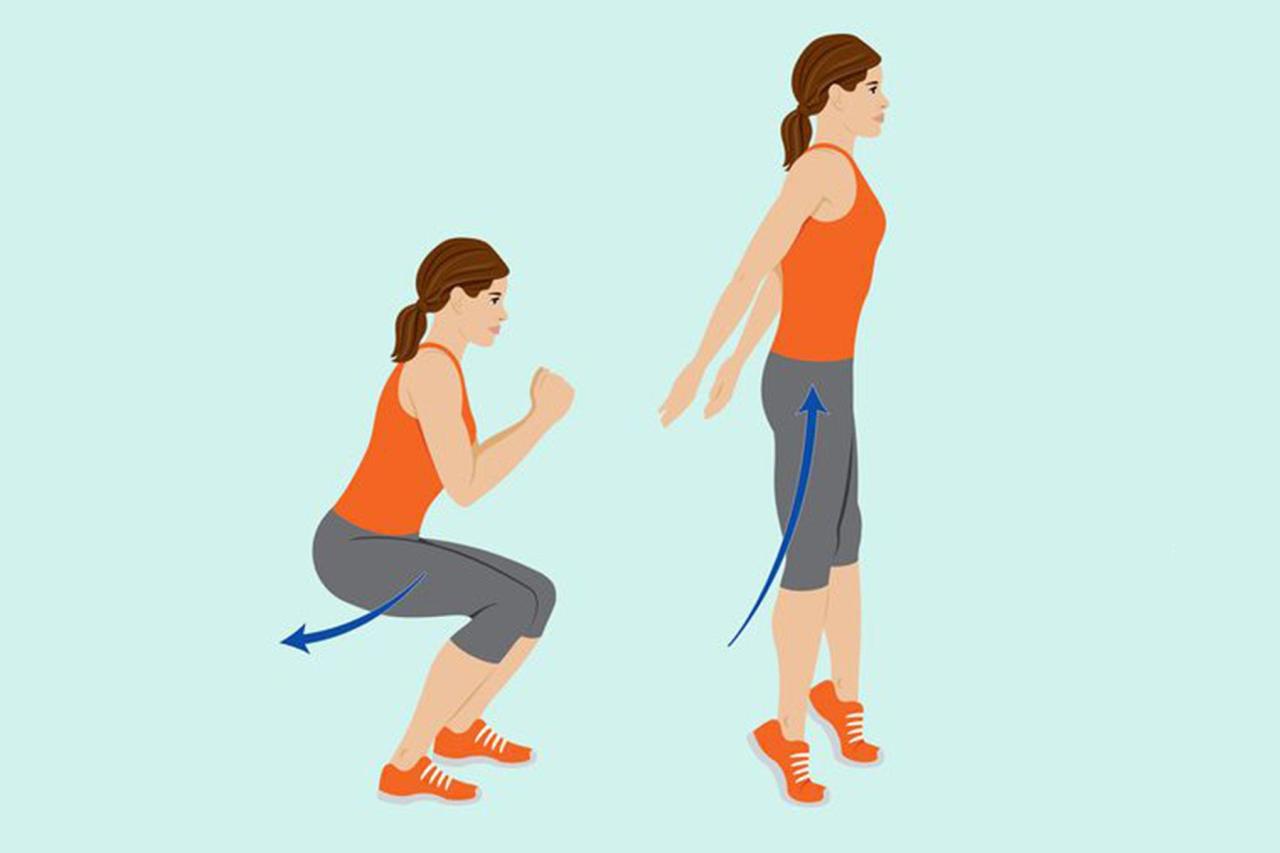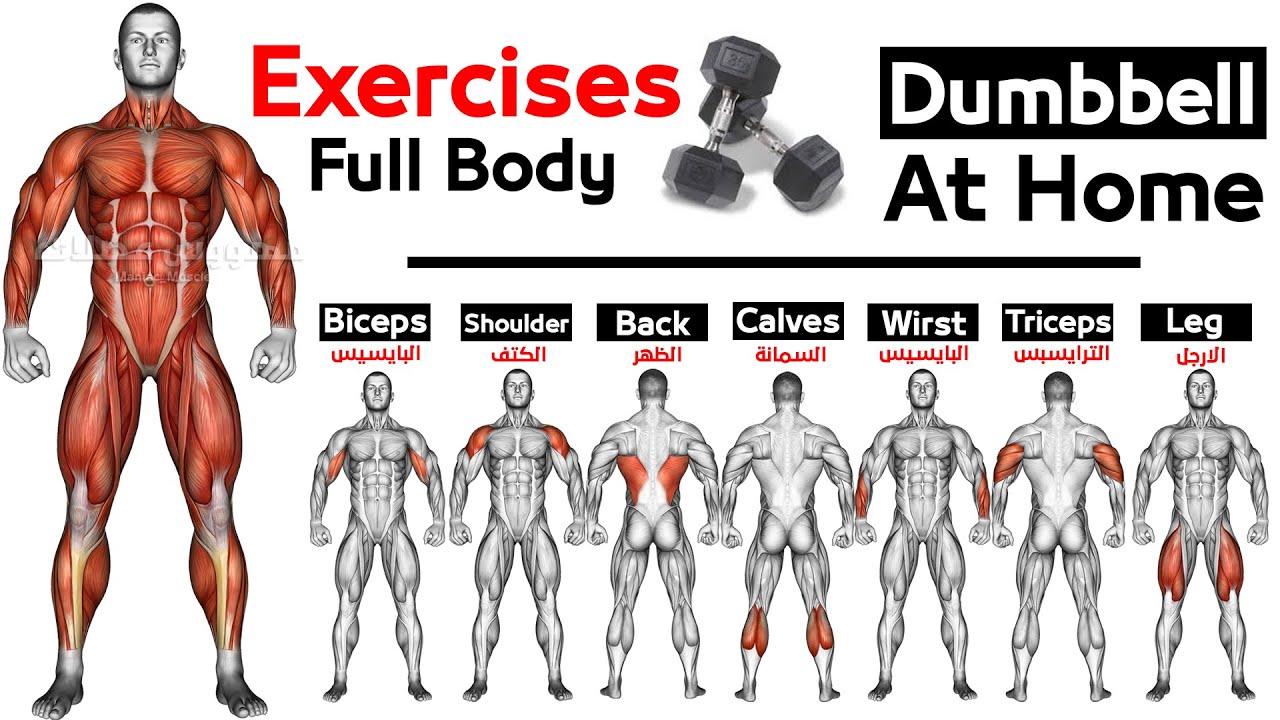
What Do I Need For a Dumbbell Training Plan?
Unlocking Fitness Potential with Dumbbells
Choosing the Right Dumbbells:
When selecting dumbbells, whether at home or in the gym, it’s crucial to pick weights that challenge you within the prescribed rep range of each exercise. Keeping track of your progress through recording your sets and reps ensures consistent gains. For home workouts, aim for a pair of dumbbells that challenge you to perform 5-10 reps of overhead presses with strict form.
For those investing in 2-3 pairs, a range is advisable:
Lighter pairs (8-12kg) for accessory movements like curls and lateral raises.
Medium pairs (15-25kg) for exercises such as overhead presses and high rep rows.
Heavier pairs (25-30kg and above) for deadlifts, squats, and other demanding exercises.
Benefits of Dumbbell Training:
1. Freedom of Movement:
Dumbbells offer greater flexibility and independence compared to barbells, engaging stabilizer muscles for improved balance and coordination. Each arm works independently, preventing muscle imbalances.
2. Versatility:
With just a few pairs of dumbbells, a wide range of exercises targeting various muscle groups becomes accessible. From compound lifts to isolation exercises, dumbbells cater to diverse fitness goals.
3. Unilateral Training:
Training one side of the body at a time helps identify and address strength or muscle imbalances, promoting a balanced physique and reducing the risk of injury.
4. Engages Stabilizer Muscles:
Unlike barbells, dumbbells require constant balancing, activating core and stabilizer muscles for improved body control and stability.
5. Practicality and Accessibility:
Dumbbells are portable, space-efficient, and versatile, making them suitable for home or gym workouts without the need for specialized equipment.
While barbells and machines have their place, the functional gains and practicality of dumbbells make them an essential component of any training regimen.
The Dumbbell Workout Plan To Build Muscle At Home
The dumbbell workout plan presented here offers a well-structured approach to enhancing muscle strength and endurance over a four-week period. Let’s break down its components:
Workout Plan Structure:
Body Part Splits:
- Workout 1: Focuses on Chest and Back
- Workout 2: Targets Arms (Biceps and Triceps)
- Workout 3: Concentrates on Legs and Abs
- Workout 4: Centers around Shoulders
Dumbbell Workout Structure:
- Each session comprises six exercises organized into three supersets (1A and 1B, 2A and 2B, 3A and 3B).
- Supersets are performed consecutively, followed by a rest period after completing both exercises within the superset.
Progressive Overload:
- The intensity increases gradually over the weeks to challenge the body and promote muscle growth.
- Week 1: 4 sets of 10 reps per exercise
- Week 2: Reps increase to 12 per exercise
- Week 3: Sets increase to 5, and tempo variations are introduced
- Week 4: Reps revert to 12 per exercise
Additional Tips:
Warm-Up:
- Implement a dynamic stretching routine before each workout.
- Perform a specific warm-up round of exercises with no weight or light dumbbells to prepare the muscles.
Nutrition:
- Aim for a daily protein intake of 1.2-2g per kg of body weight.
- Maintain a balanced diet rich in fruits, vegetables, and whole grains.
- Consume a protein portion of 15-20g after workouts to support muscle recovery and growth.
Rest and Recovery:
- Ensure adequate rest intervals between sets and workouts.
- Prioritize sufficient sleep to facilitate muscle repair and growth.
Progress Tracking:
- Keep a detailed workout log to monitor progress and adjust weights accordingly.
This plan offers a holistic approach to muscle building with dumbbells, incorporating essential principles of progressive overload and proper nutrition. It emphasizes the importance of listening to your body and adjusting the workout intensity, especially for beginners in resistance training.
Top 10 Dumbbell Exercises for a Full-Body Workout
Crafting a comprehensive full-body workout routine with dumbbells may seem daunting, especially for beginners. However, with the right exercises, you can effectively target all major muscle groups to promote strength, endurance, flexibility, and balance. Here, we’ll delve into the top 10 dumbbell exercises for a full-body workout.
Goblet Squat:
Hold a single dumbbell vertically by one end with both hands in front of your chest.
Lower your body by bending your knees until your thighs are parallel to the floor, then push yourself back up to the starting position.
Maintain a straight back throughout the movement.
Dumbbell Deadlift:
Stand with a dumbbell in each hand, palms facing towards your body.
Bend at your hips and knees, lowering the weights to the floor without altering the arch in your back.
Push your hips forward to return to the standing position.
Dumbbell Bench Press:
Lie face-up on a bench with a dumbbell in each hand.
Push the weights up until your arms are fully extended, then lower them back down slowly.
Dumbbell Row:
Place one knee on a bench, a dumbbell in your opposite hand.
Bend forward slightly, keeping your back straight.
Pull the dumbbell up to your chest then lower it back down slowly.
The Goblet Squat is an excellent lower-body exercise, engaging multiple muscle groups including the quadriceps, hamstrings, and glutes. It promotes not only strength and endurance but also balance and stability. Similarly, the Dumbbell Deadlift targets the posterior chain, including the back, glutes, and legs, offering a comprehensive lower-body workout.
The Dumbbell Bench Press, a classic chest exercise, effectively develops the pectoralis major while engaging the triceps for arm strength and size. Lastly, the Dumbbell Row focuses on the upper body, particularly the back muscles like the latissimus dorsi and rhomboids, improving posture and functional strength. These exercises, when combined, form a well-rounded full-body workout routine using just dumbbells.



